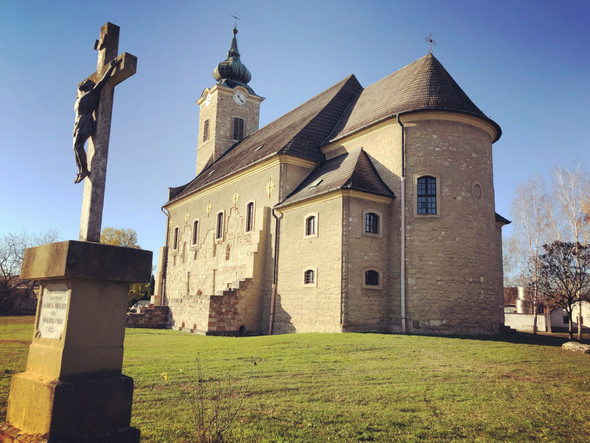Cover pic: The church of Feldebrő (photo: Daniel Ercsey)
Admittedly, I didn’t visit Feldebrő for the wine. I was tempted by the church, built in the 11th century, originally a square, five-bay centralised building in Byzantine style, with a tower in the middle and a fantastic crypt underneath. If you ask any art historians whether there are any Byzantine-related buildings in Hungary today, the church in Feldebrő will be on their list.
Moreover, the south-eastern foothills of the Mátra, along with the Tarna Valley, became the property of the Abas and has long been assumed that our King Sámuel Aba was originally buried here, or more precisely, that the crypt, which is decorated with magnificent frescoes and built on a Western European model, was built for this purpose.
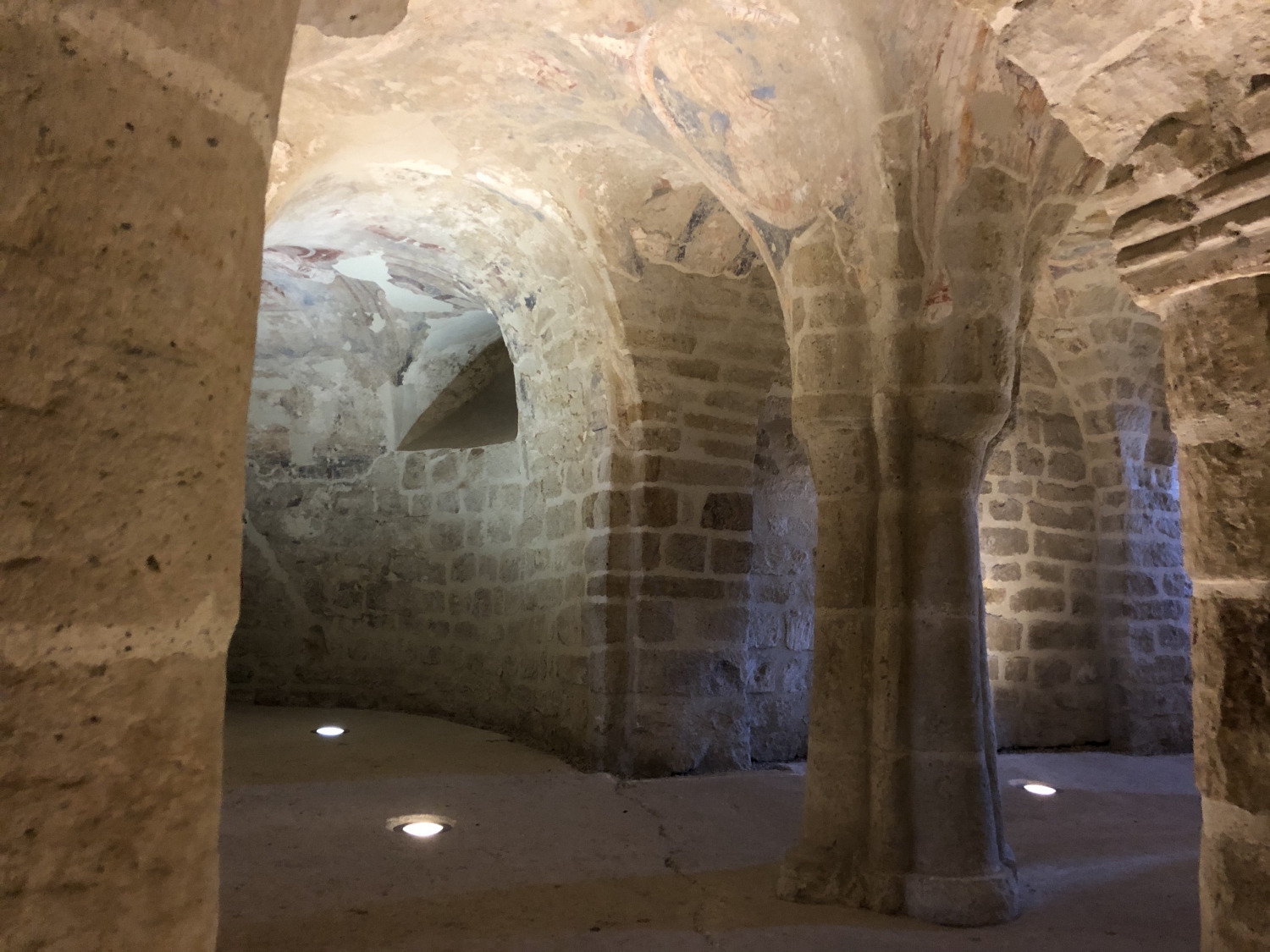
The crypt (Photo: Daniel Ercsey)
Of course, it’s hard to see the Byzantine foundations in the present building, so it’s worth asking for a guided tour of the neighbouring rectory and buying the book on the subject; its only annoying mistake is that it regularly confuses Caucasian Albania with modern Albania, when it’s clear that the authors meant the former.
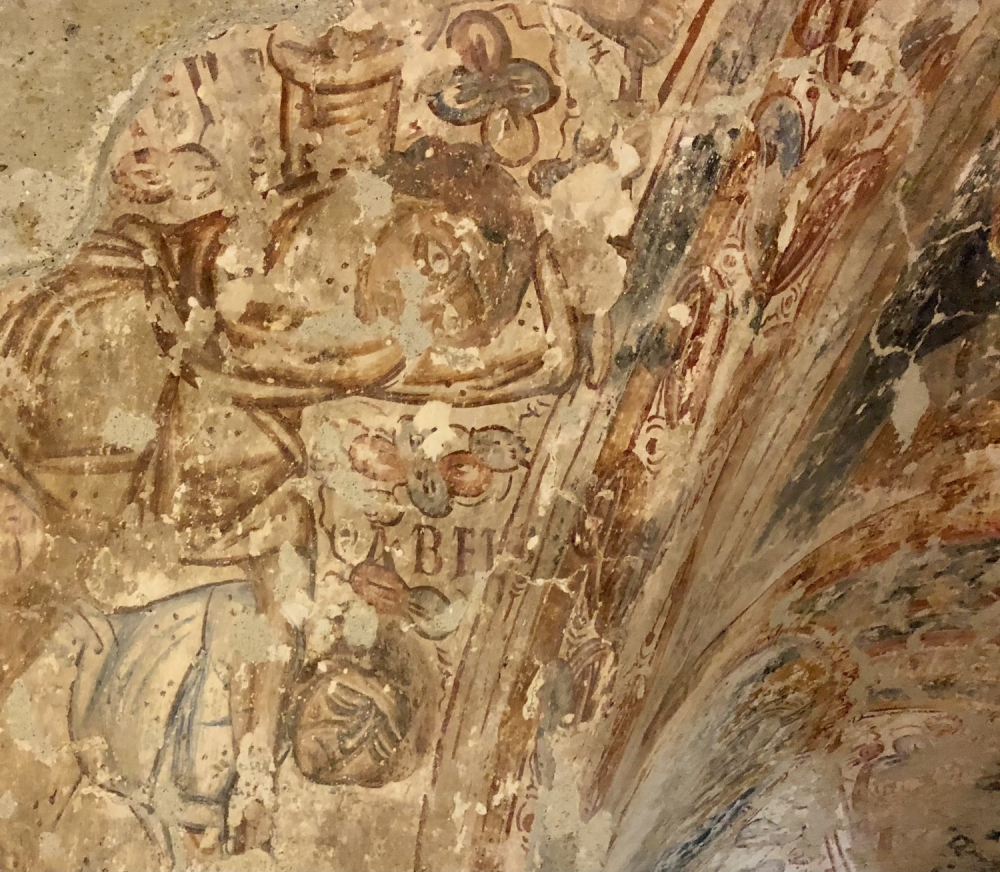
Fresco in the crypt (photo: Daniel Ercsey)
If you hadn’t already guessed, the church is really worth a visit, but now I know that it’s worth visiting next door too. If you are facing the entrance to the church, there is a winery in the house on the corner to the left, owned by István Gecse, called Hárs Pince. The estate has not gained national recognition, I only came across it in one or two news articles, but what awaited me was without doubt truly sensational.
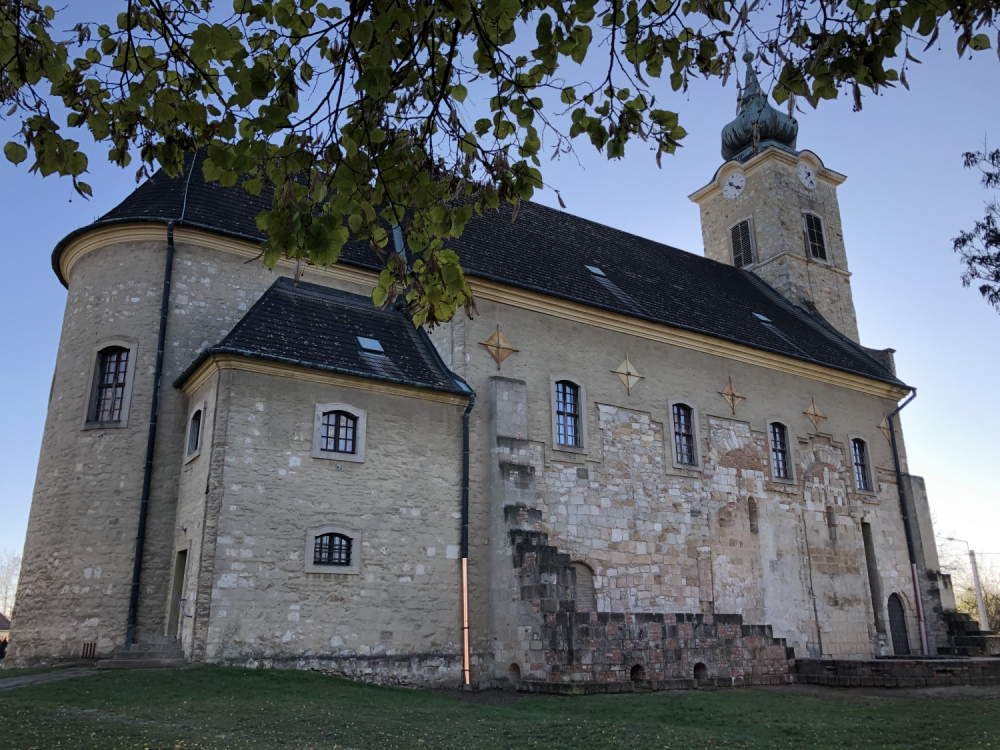
The church from outside (photo: Daniel Ercsey)
No, it’s not the fact that István Gecse is a man with a very particular sense of humour that makes it worth ringing the doorbell, but rather that the 2014 Debrői Hárslevelű made from raisined grapes is absolutely sensational! It’s no wonder, since it also won the great gold medal at the Hárslevelű wine competition, but I have my reservations about that. If you’ve ever judged at a big wine competition, then you’ll know that a well-made sweet wine after all the dry white wines can really boost the jury’s mood and scores. But that’s not what happened in this case!
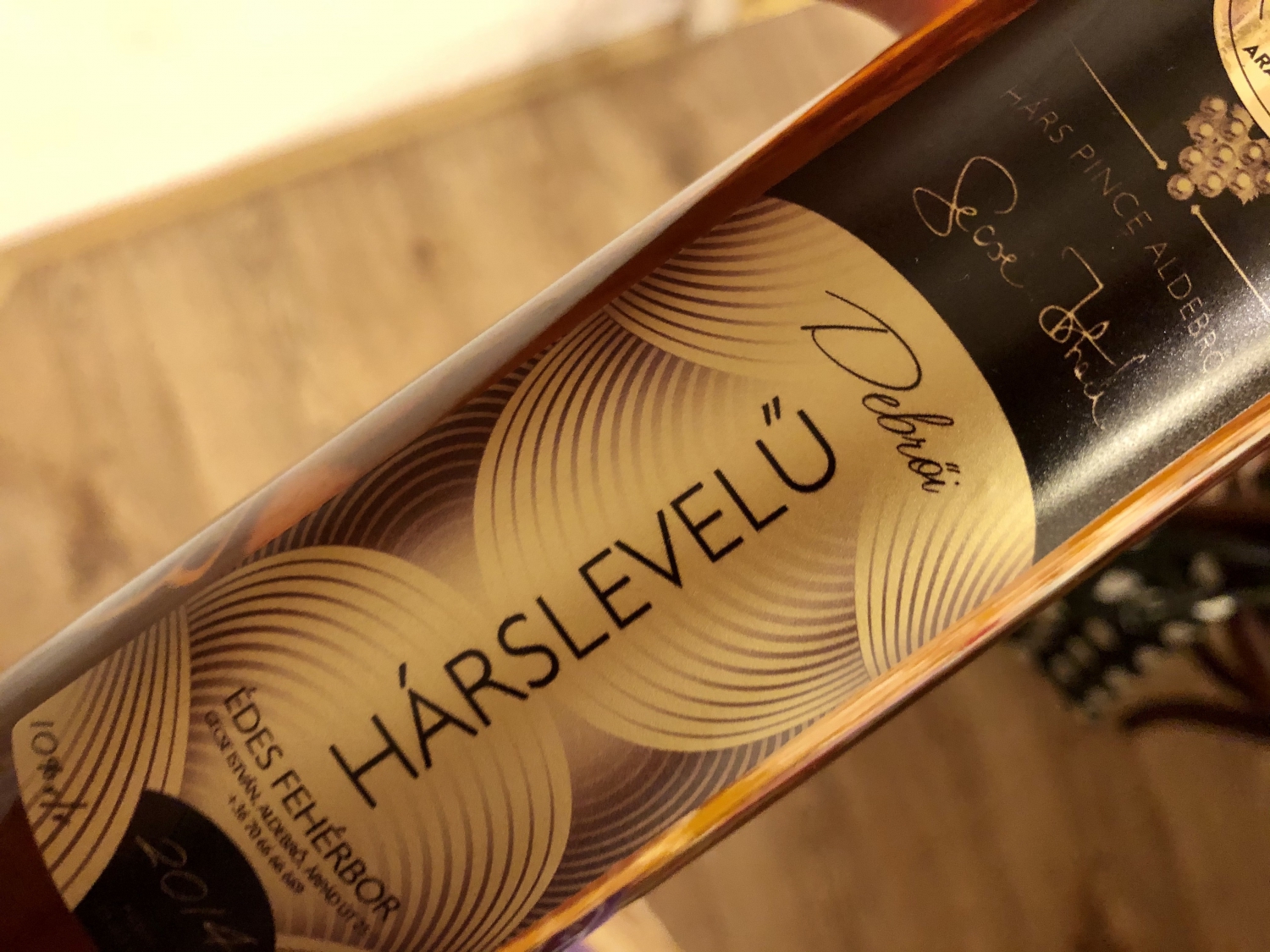
Photo: Daniel Ercsey
Hárs Pincészet (Feldebrő) - Debrői Hárslevelű 2014 I 96 points
Amber-gold colour in the glass, with aromas of walnut, oriental spice and sandalwood. Full-bodied on the palate, with a dense, almost chewable structure, bright vibrant acidity, dried fig and linden honey, orange marmalade and pecan nut. The finish is almost infinite, it certainly deserves the great gold now!



